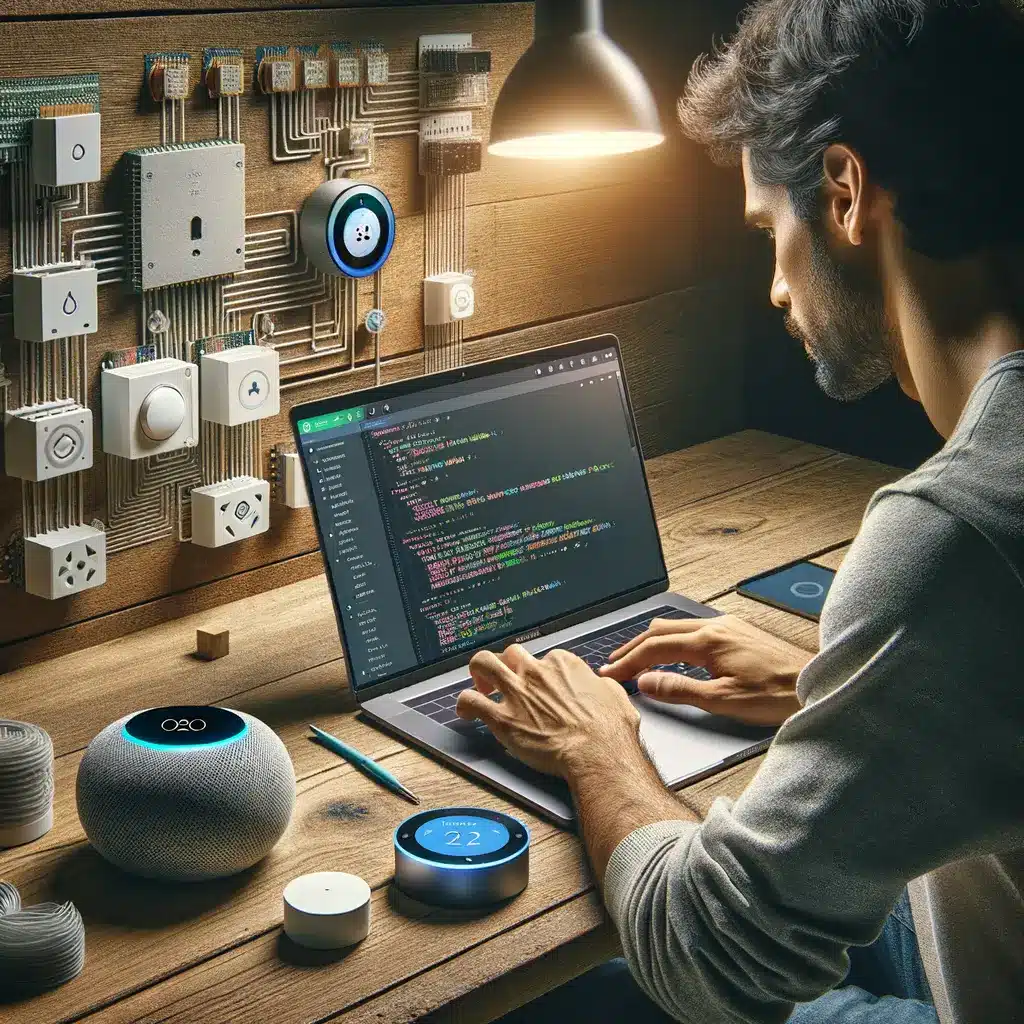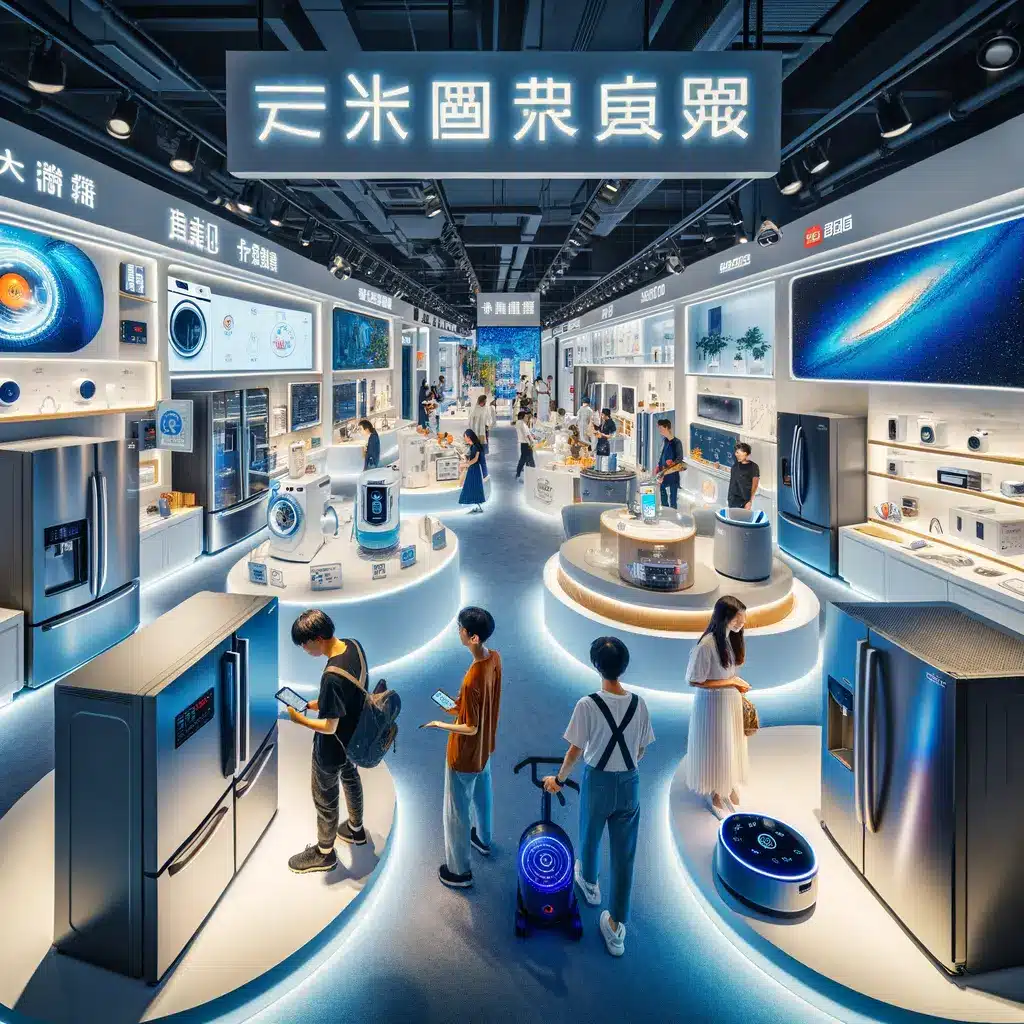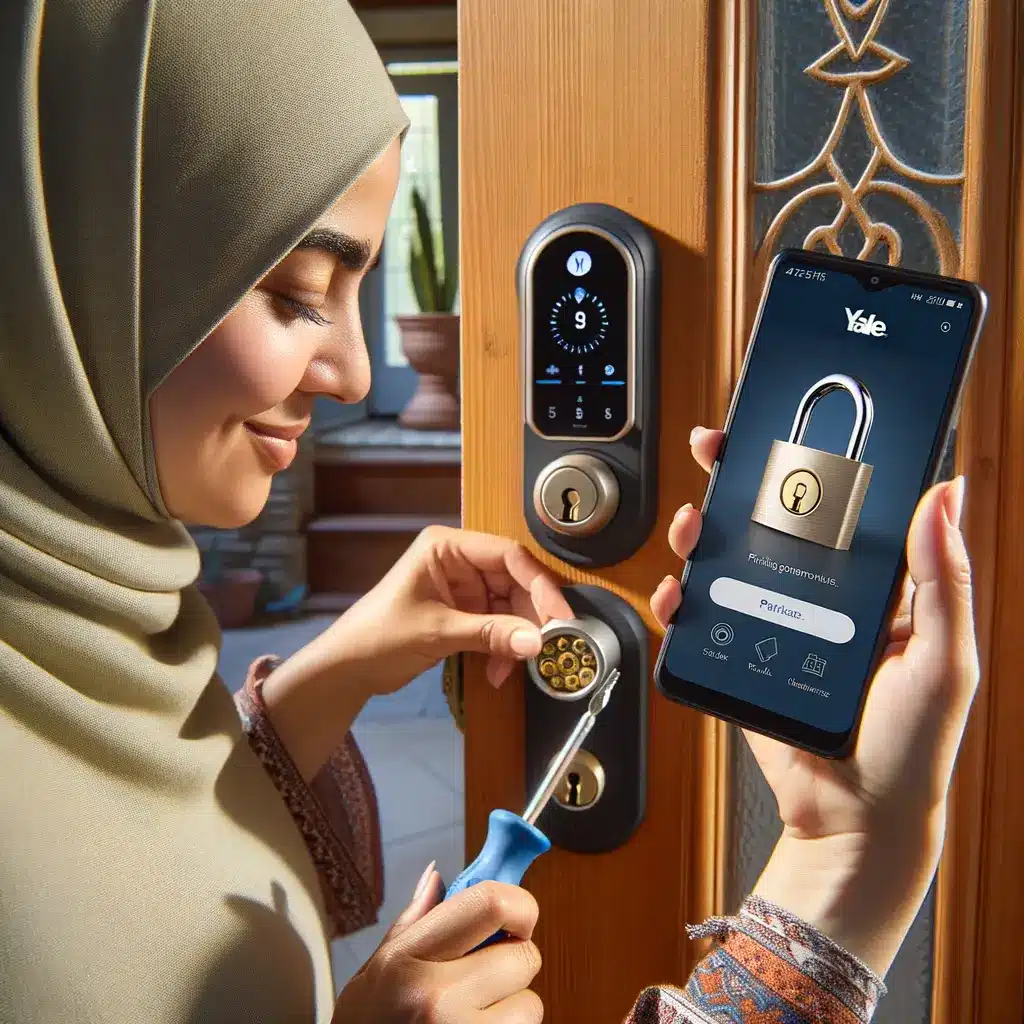Living With an AI Smart Home: The New Normal
Picture opening your front door and being greeted by perfect lighting, a comfortable temperature, and a fridge that reminds you which groceries expire tomorrow. That scenario is no longer science-fiction—it’s the reality of an AI smart home. Unlike early “connected” houses that simply let you toggle lights from an app, today’s systems use machine-learning models to anticipate needs. They quietly gather data from sensors, thermostats, and smart plugs, then adjust your environment before you ask.
The result is genuine smart home automation that focuses on value, not gimmicks: lower utility bills, safer living spaces, and happier routines. Families can automate repetitive chores—think vacuuming, watering plants, or locking doors—while caregivers monitor elderly relatives with non-intrusive sensors. Brands such as Xiaomi, Haier, and Google Nest now compete to offer unified platforms that combine smart home devices into a single, AI-driven dashboard.
Throughout this article we’ll explore the technology that powers these experiences, how to choose the right ecosystem, and what challenges still slow adoption. We’ll also share internal links you can revisit later—for instance, our roundup of energy-saving smart thermostats or our guide on securing IoT routers. By the end, you’ll know exactly how an AI smart home can fit your lifestyle and budget.

How AI, IoT, and Voice Assistants Work Together
At the core of every AI smart home is an invisible conversation between appliances, sensors, and cloud algorithms—a conversation enabled by IoT home automation standards such as Matter, Zigbee, Thread, and Wi-Fi 6. Tiny chips inside lightbulbs, curtains, ovens, and cameras stream data to a hub or directly to the cloud. Machine-learning models then analyze usage patterns: what time you usually leave for work, how bright you prefer the living room at night, or which room stays coldest on winter mornings.
When the system detects a routine, it builds automations. For example, a voice assistant can now respond to the vague request “I’m chilly” by raising the thermostat two degrees, switching ceiling-fan direction, and activating a space heater if the room’s temperature sensor says it’s still below target. None of this requires coding; natural-language processing bridges the gap.
Crucially, interoperability is improving. The new Matter standard lets smart home devices from Apple, Google, Samsung, and Amazon sit on the same network. That means you can pair a Nest thermostat with Aqara motion sensors and control both from a single app. Developers also push more processing to the edge—your local hub—so certain commands run even if the internet is down, boosting privacy and reliability. These advances create the seamless smart home automation experience early adopters always wanted.

China’s Rapidly Growing Market—and Its Roadblocks
China offers a perfect case study in AI smart home expansion. Research firm 36Kr reports the domestic market hit ¥716 billion (≈ $98 billion) in 2023, and analysts expect it to soar past $500 billion by 2030. Appliance giants such as Haier and Midea add AI capabilities—think sleep-tracking AC units that quietly tweak humidity—while internet behemoths like Xiaomi, Baidu, and Alibaba race to build the all-in-one software layer. Xiaomi already commands roughly 16 % of national shipment volume, leveraging its smartphone ecosystem to bundle everything from smart speakers to robotic vacuums.
Yet penetration remains low—just 15 % of households use comprehensive smart home automation. Surveys reveal two main barriers: price sensitivity and “feature fatigue.” An eye-catching gadget often ships with redundant functions users never need, and each “smart” label raises the price tag. The fragmented brand landscape also forces consumers to juggle multiple apps unless they buy into a single closed ecosystem.
Standardisation via Matter and widespread 5G rollout could push adoption into the mainstream, but privacy concerns linger. Who will store and monetise granular data about sleeping patterns or grocery habits? Regulators will need to set clear guidelines on data retention, while manufacturers must build local processing into hubs.
Watch the full Round Table discussion in the embedded video below for on-the-ground insights from Beijing.
Building Your Own AI Smart Home Ecosystem: A Step-by-Step Guide
Ready to upgrade? Start small and scale. First, choose a primary voice assistant—Alexa, Google Assistant, Siri, or Xiaomi’s Xiaoai—to serve as your daily interface. Confirm it supports your preferred language and integrates with high-priority smart home devices (locks, cameras, thermostats).
Next, invest in a robust mesh-Wi-Fi router that can handle dozens of IoT home automation nodes without lag. Then select a smart hub or speaker that supports Matter or at least Zigbee to future-proof additions. Your initial devices should solve a tangible pain point—say a smart lock for secure deliveries or a thermostat that cuts energy bills by 15 %. Only after you master the basics should you branch into luxury add-ons such as dynamic lighting scenes or AI-enabled toilets.
Remember compatibility. Many homeowners regret buying gadgets that don’t play nicely together. Use product pages to verify “Works with” labels or consult our comparison article on cross-platform smart bulbs for deeper research. Finally, create layered automations: morning routines that raise blinds, start the kettle, and read weather updates; away modes that shut off idle outlets and simulate occupancy. Over time the AI smart home will learn your tweaks and refine actions automatically—reducing your manual input and maximizing comfort.

Tackling Cost, Privacy, and Reliability Concerns
Cost is the first hurdle. A premium AI smart home package can add 20 – 30 % to appliance prices. Mitigate sticker shock with incremental upgrades and rebates from utility companies for energy-efficient smart home devices. In many regions, installing a smart thermostat qualifies for $50-$150 in credits, while local retailers run trade-in programmes for outdated gear.
Privacy looms larger. Always-listening microphones and connected cameras raise eyebrows—yet most voice assistant brands now offer physical mute buttons, on-device keyword detection, and transparent data dashboards. Choose products that store video footage locally on encrypted NAS drives or micro-SD cards, and enable two-factor authentication on every account. For more tips, see our deep dive on securing smart cameras.
Reliability is improving thanks to edge computing. When automations run on a local hub, lights still turn on even if the ISP goes down. Look for devices tagged “Works offline” or supporting Thread networking. Keep firmware updated to patch vulnerabilities, and schedule a quarterly audit of routines to delete any redundant triggers. Addressing these three factors—cost, privacy, reliability—goes a long way toward boosting trust and unlocking mainstream smart home automation adoption.

The Future of AI Smart Homes: Toward Predictive, Sustainable Living
Where does the AI smart home go next? Predictive maintenance will emerge first: washing machines that schedule their own service before failure, or HVAC systems that order replacement filters automatically. Renewable integration follows—solar panels, battery walls, and EV chargers will coordinate in real time, aligning appliance cycles with surplus generation to cut carbon footprints.
On the software side, generative-AI copilots will unify fragmented apps. Instead of opening separate dashboards, you’ll simply ask, “Prepare the house for game night,” and an LLM will lower blinds, queue playlists, and adjust color-accent lighting based on last week’s preferences. Open standards such as Matter 2.0 will also foster cross-brand collaboration, letting you mix flagship smart home devices without fear of lock-in.
Finally, expect smart neighborhoods. Municipal grids will exchange anonymized data with homes to balance peak demand, while community voice assistant kiosks support elder care and local security alerts. The path isn’t without pitfalls—governance, cybersecurity, and e-waste management must evolve in tandem—but the trajectory is clear: a sustainable, hyper-personalized living environment that adapts effortlessly to our needs. If you’d like to explore complementary topics, check our post on smart city infrastructure and our beginner’s guide to home solar integration. Embrace these trends now to future-proof your investment and stay ahead of the curve.







